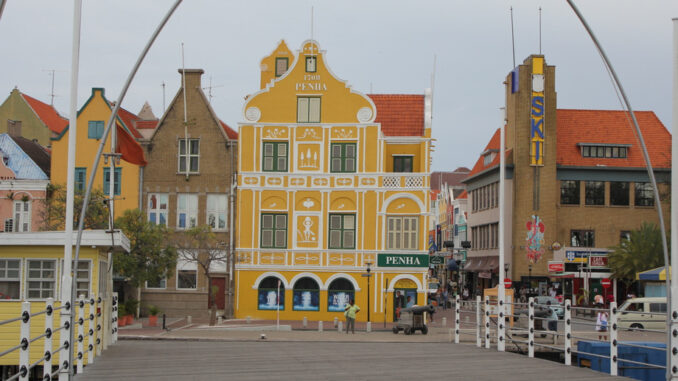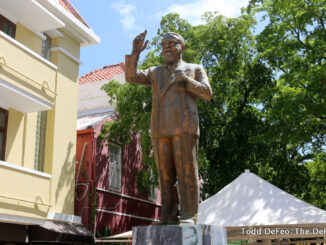
ATLANTA — Who doesn’t have a case of spring fever?
As the weather starts to warm in most of the country, thoughts for many turn to planning that next vacation. But, there are so many questions about where to go and what to see.
Worry no more. Here are five must-see places for 2016.
Willemstad, Curaçao
 The island of Curaçao is so different than many Caribbean island. A member of the ABC islands along with Aruba and Bonaire, Curaçao is defined by its history and its culture, not its beaches.
The island of Curaçao is so different than many Caribbean island. A member of the ABC islands along with Aruba and Bonaire, Curaçao is defined by its history and its culture, not its beaches.
The island, first discovered by Europeans in 1499, has long been an important shipping destination because of its natural deep water harbor, St. Anna Bay. That harbor divides the city into two sections: Punda and Otrobanda, which means “other side.” The two are connected by the Queen Emma floating bridge, which opens to allow ships to enter or exit the harbor.
The island’s name, according to one theory, is derived from Spanish and Portuguese words meaning healing, likely because sailors centuries ago found a cure for their scurvy in the island’s natural fruits and the Vitamin C they contained.
Bath, England

Bath is an absolutely charming city, to say the least. Located roughly 100 miles west of London, the historic city is the perfect destination for a day trip.
A tourist destination since the city’s founding during Roman times, Bath today is home to roughly 80,000 residents and sees more than 4.4 million visitors per year. The city has a rich and colorful history and may have been the site where King Arthur in 500 defeated the Anglo-Saxons during the Battle of Badon. Years later, in 1987, Bath was designated a World Heritage Site.
Among the most popular sights to see is the Roman Baths for which the city is named. The baths are some of the most remarkable Roman ruins outside of Rome itself.
Florence, Italy

From an architectural standpoint, the city is home to dozens of brilliant structures. Around every corner is another building that baffles the imagination and, at least in my case, leaves the weary traveler awestruck.
The crown jewel of the city is the Duomo Santa Maria del Fiore — a glorious cathedral that dwarfs most other buildings in this city of about 356,000. Construction of Il Duomo dates back to 1296. The grand structure wasn’t completed until 1436 — 140 years after construction began.
Furthermore, the building’s façade, generally described as a “neo-gothic façade of white, red and green marble,” is relatively new. It wasn’t completed until 1887, when the church was a mere 591 years old.
Tucson, Arizona

This Southwestern city sits at the convergence of several cultures. That has resulted in traditions and food that is distinct to Tucson, making it no surprise the United Nations Educational, Scientific and Cultural Organization (UNESCO) Creative Cities Network recently named the city a City of Gastronomy.
Mission San Xavier del Bac, for example, show the influence the Spanish once exerted here. Built between 1783-1797 in what was then New Spain, the mission is an absolutely magnificent example of Spanish Colonial architecture.
Another popular attraction in Old Pueblo, as Tucson is affectionately known, that shows the mixing of cultures El Tiradito, a popular shrine in the Old Barrio section of town that is said to be the only Catholic shrine in the country “dedicated to a sinner buried in unconsecrated ground.” According to one version of the legend, the shrine is dedicated to Juan Oliveras, an 18-year-old ranch hand who apparently had an affair with his mother-in-law. His father-in-law apparently later killed Oliveras.
Kyoto, Japan
Kyoto served as the Imperial capital of Japan for more than 1,000 years. Though it was considered as a possible target site for the atomic bomb in World War II, the city to some degree escaped large scale destruction and is home to many buildings that predate the war.
One of the most popular attractions in Kyoto is Nijō Castle, which was unique in that it featured so-called “Nightingale Floors,” which squeaked whenever anyone walked on them — a feature that was supposed to stop an intruder. The castle was completed in 1626 and sits amid a rather urban landscape (actually a subway station is located across the street from the castle).






I mean it!